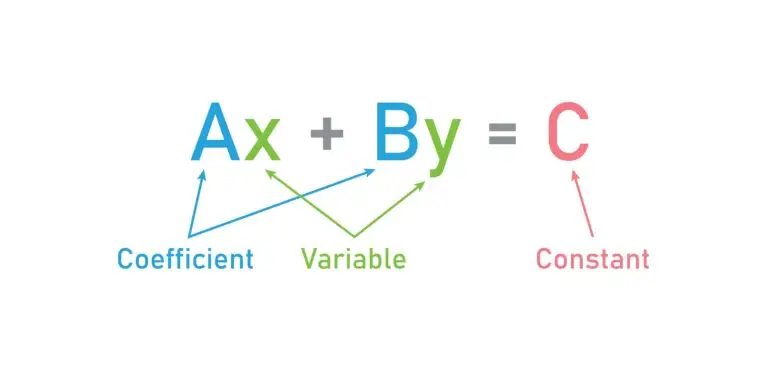Linear Equation

Table of Contents
Linear Equation Definition
A linear equation is a mathematical equation that represents a straight line when graphed on a coordinate plane.
In general form, a linear equation can be expressed as ax+by=c, where x\text{ and } y are variables, a, b, and c are constants (with a and b not both equal to zero), and x and y have no exponents or variables multiplied together.
- Degree: A linear equation has a degree of 1, meaning the highest power of any variable in the equation is 1.
- Straight Line Graph: When graphed, the solutions to a linear equation form a straight line on the coordinate plane.
- Variables: A linear equation typically involves two variables, often denoted as x and y, but the general form can be extended to more variables.
Examples of Linear Equations
Simple Linear Equation: 2x+3y=6, This equation represents a line on the coordinate plane. The constants are a=2, b=3, and c=6.
Linear Equation with Fractions: \frac{1}{2}x-3y=4, This equation is still linear because the variables have a degree of 1. The constants are a=\frac{1}{2}, b=\text{-}3, and c=4.
Linear Equation with Negative Coefficients: \text{-}4x+2y=8, The equation is linear, and the constants are a=\text{-}4, b=2 and c=8.
Linear Equation with One Variable: 3x-2=7, Even though it has only one variable, this is still considered a linear equation because the variable x has a degree of 1.
Linear Equation with Three Variables: 2x-y+3z=5, Linear equations can involve more than two variables. Here, x, y, and z are the variables.
Related Links
Coefficient
Constant
Terms
Variables